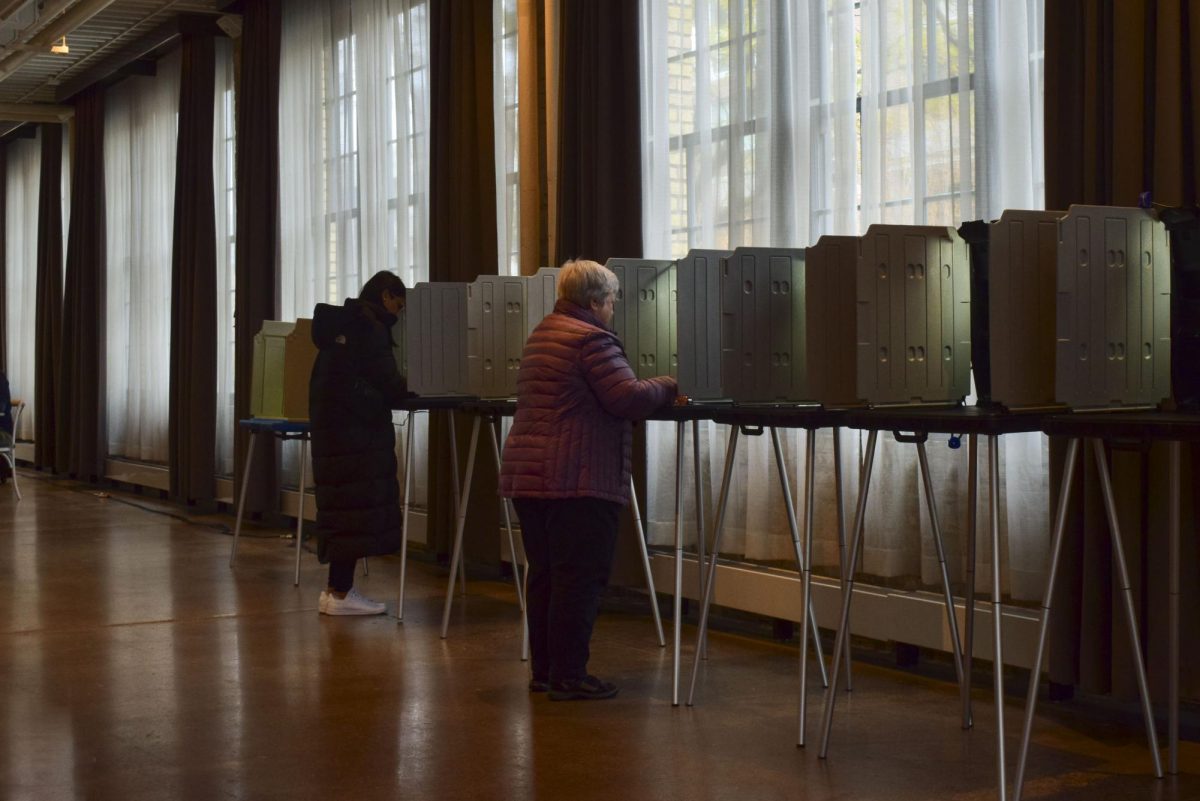Through the use of a new survey, 15 major research universities across the United States, including the University of Minnesota, have begun comparing undergraduate student experiences. The Student Experience in the Research University survey was sent to every undergraduate student at the University at the end of March. In the past, a University survey of graduating seniors provided some insight, but not to the degree the SERU survey promises. âÄúHopefully this will give us enough data to do a [finer] analysis than weâÄôve been able to do in the past,âÄù Vice Provost for Student Affairs Jerry Rinehart said of involving the entire student population. The survey was developed in 2004 by the University of California, Berkeley, and administered to all nine campuses in the UC system. A consortium formed in 2008, adding six other universities. The new schools surveyed their students for the first time during the spring 2009 semester. Each universityâÄôs surveys gauge studentsâÄô experience based on their levels of academic, civic and social engagement, global skills and awareness and student development. A section called the âÄúwild cardâÄù gives the institution freedom to ask more specific questions about topics important to its campus. Limited results from the University, provided by the office of institutional research, showed that 5,877 students participated in the first survey âÄî about 27 percent. General educational experience satisfaction results placed the University in the middle of its peers. More specific data is still being analyzed, according to Ron Huesman, the survey coordinator in the UniversityâÄôs office of institutional research. âÄúThis kind of consortium is sort of new for us âĦ the valuable part of this kind of information is the benchmarking,âÄù Huesman said. Internally, Rinehart said the survey results can be used to help faculty evaluate programs. The information will also be valuable for accreditation processes. The data gathered from student responses will âÄútrigger conversationsâÄù in academic departments, leading to any necessary changes. âÄúWe want to put it in the hands of the people that are responsible for creating that experience within the department,âÄù Rinehart said. âÄúOur experience has been, when people have the information in a concrete way, theyâÄôre likely to act on it. People donâÄôt like to be outliers.âÄù The University of Michigan is the only other Big Ten school using the survey. Other participating institutions include the universities of Florida, Oregon, and Pittsburgh, as well as Rutgers University in New Jersey. Florida received the greatest number of responses, garnering 70 percent of its undergraduate student body. Marie Zeglen, assistant provost at the University of Florida, said the school offered a wide range of incentives to draw in participants. At Florida, more than 22,000 students took the survey. âÄúWith a big response like we got, weâÄôre able to move the information down to the department [and] major level,âÄù Zeglen said. The University of Michigan had a low response rate, similar to the University of Minnesota. Karen Zaruba, the senior institutional research analyst at the University of Michigan, said the schoolâÄôs focus has been on applying results to individual colleges and departments. âÄúItâÄôs important for the nursing school to know how nursing students are responding,âÄù she said, using an example. âÄúThatâÄôs been our focus.âÄù Though the information is gathered by the central administration, Zaruba said it wonâÄôt be used to micromanage departments. âÄúWeâÄôll put the data out there. You decide what youâÄôre going to do with it,âÄù Zaruba said. After the first yearâÄôs survey, she said departments have found that theyâÄôre aware of the problem areas, and the data allows them to determine how widespread the feelings are among students. At the University of Minnesota, Huesman said a response rate of 40 percent to 50 percent would be considered a success. This year and next year will determine how useful the survey will be. âÄúWe can get useful information even at a 30 percent response rate, but thatâÄôs not as broadly applicable,âÄù Huesman said. âÄúWeâÄôre just kind of seeing the tip of it right now; the next year or so will be critical.âÄù -Taryn Wobbema is a senior staff reporter
Surveys compare student experience
Surveying all students allows for a look at satisfaction within departments.
Published April 6, 2010
0
More to Discover







